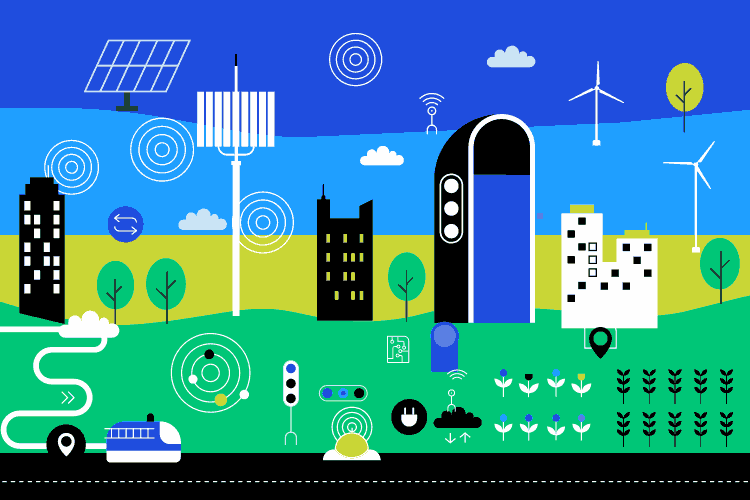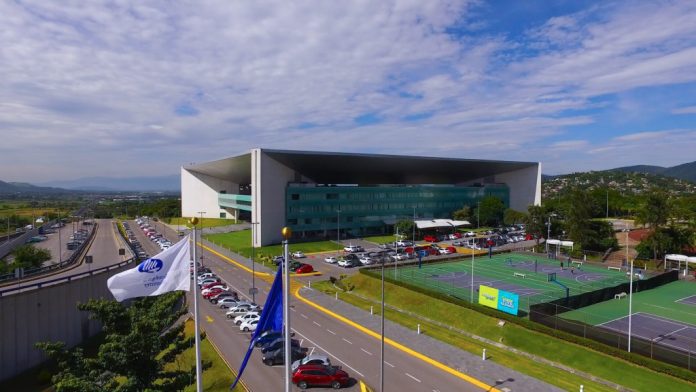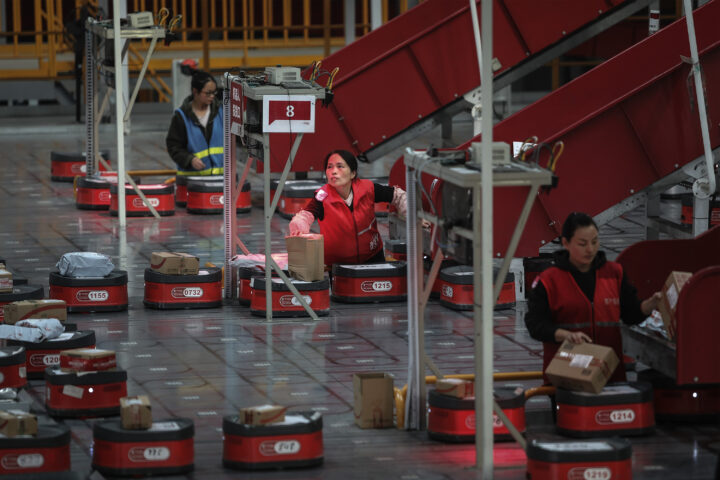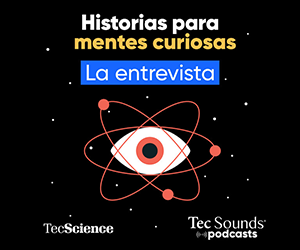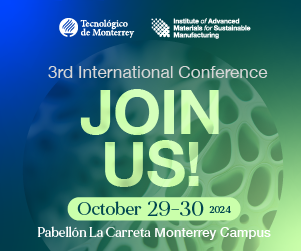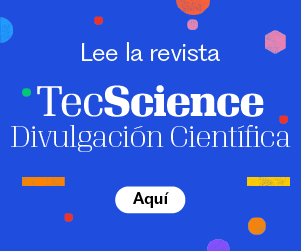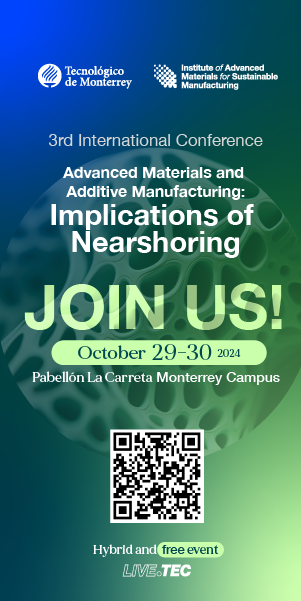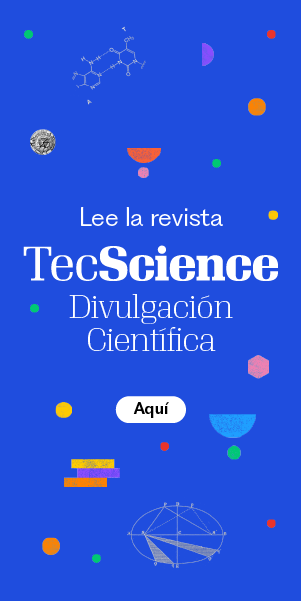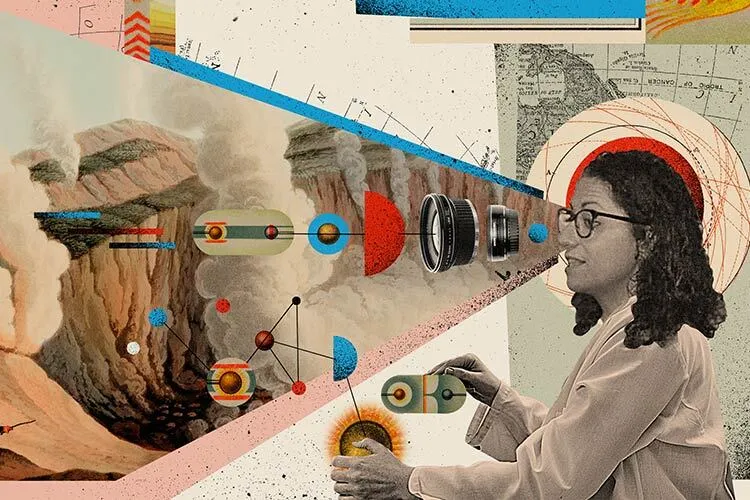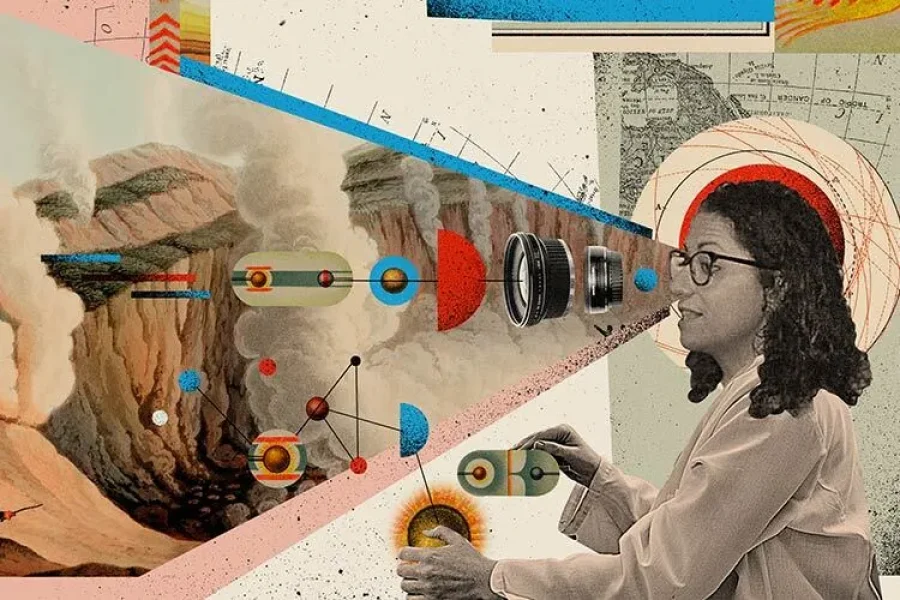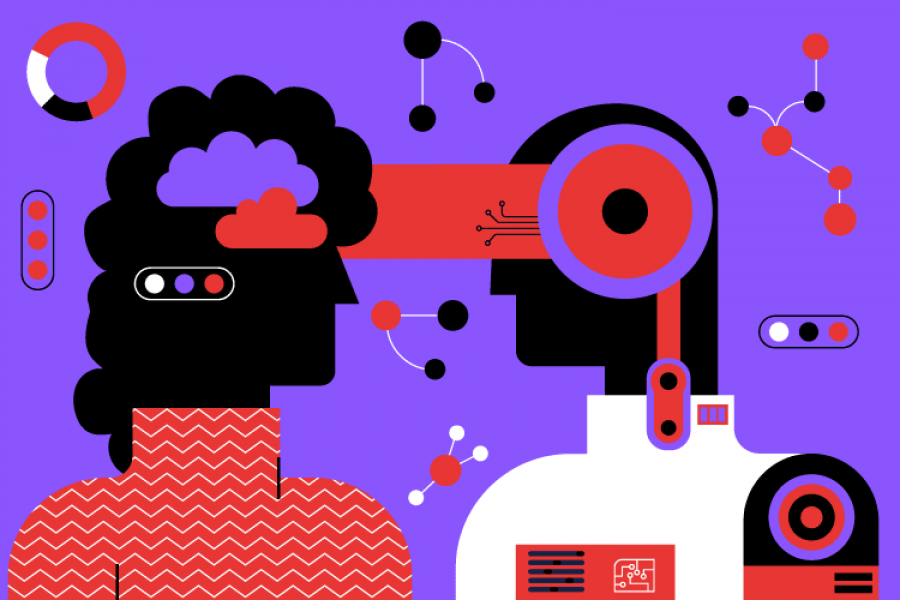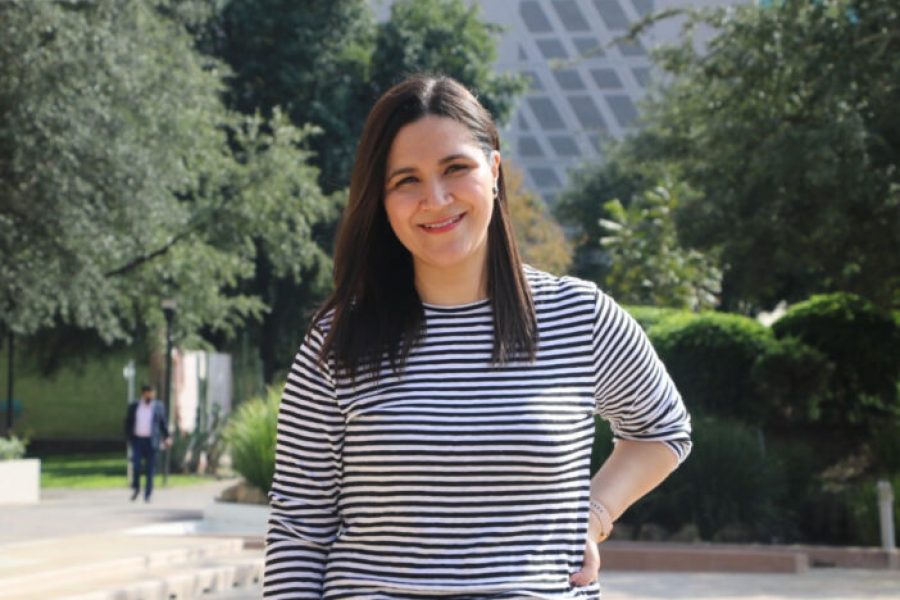The main objective of smart cities is to improve the living conditions of city inhabitants.
Francisco Falcone, a Tec de Monterrey research professor and director of the Institute for Smart Cities at the Public University of Navarra, explains how a smart city works.
He mentions that cities are complex systems made up of numerous subsystems that interact with each other, such as transportation, energy, healthcare, water, and industry.
A smart city focuses not only on the advancement of technology, but also on its application to enhance procedures and build more inclusive, safe, and sustainable cities.
This is one of the Sustainable Development Goals set by the United Nations, as more than 60% of the population is predicted to live in cities by 2030.
There are several ways for developing smart cities across the world, and some of them are part of the “Campus City” initiative, which uses a university campus at Tecnológico de Monterrey as a living laboratory for smart cities.
Smart city
The Campus City: Challenge Living Lab for Smart Cities project was created by Tec de Monterrey academics in partnership with FEMSA.
Its mission is to encourage smart city research, innovation, and entrepreneurship.
This effort aims to build urban infrastructure and develop human talent to aid in resolving aspects such as social, industrial, and governmental issues.
Professors, researchers, and students from various academic levels are all involved in Campus City, as well as governments, businesses, and organizations.
They collaborate to develop practical research, analyze the results, and distribute the knowledge created according to the three pillars of mobility, energy, and water.
One of these programs, for example, seeks to include students at Tec de Monterrey in solving issues around energy consumption in buildings.
As heating, ventilation, and air conditioning (HVAC) systems are the major source of power used in these buildings, students seek solutions and present ideas and prototypes that can be replicated in other facilities within and beyond the institution.
Another example is the UGO mobility app, which has been created by Tec researchers and students.
This project is a smartphone application that assists individuals in determining the optimum transit route from one city location to another.
To so so, the app gives the best method of transportation, mixing means of transport and changing routes based on data such as schedules and traffic.
Jose Ignacio Huertas, a professor at the School of Engineering and Sciences at the Tec and a member of Campus City, points out that university campuses are ideal controlled environments for this type of project, particularly those with an urban development area such as Distrito Tec, an initiative at the Tec’s Monterrey Campus that focuses on developing the surrounding region in terms of aspects such as energy, mobility, and water.
He also underlines the need for integrating students in raising awareness and bringing young people closer to technical advancement, resulting in medium- and long-term improvements.
“When these projects work well, they can be replicated in other universities or expanded to other cities. That’s why we decided upon districts like this as the appropriate places to implement these strategies,” says Huertas.
An approach to a smart city
Imagining a smart city scenario does not require a science fiction screenplay, since there already mechanisms and equipment that bring cities closer to their “smart” form.
Someone walking down the street in these cities may trip and trigger an alert signal to his or her smartwatch.
When the emergency signal is received, the nearest hospital could dispatch an ambulance while immediately downloading the person’s medical information, which includes blood type, allergies, and any medical conditions.
Transportation would be faster than normal since traffic signals could be adjusted to help the ambulance reach the individual who had just fallen as quickly as possible.
This is Falcone’s description of one of the several scenarios that may occur in a smart city.
The professor also underlines the vital role played by universities as research and development labs to develop smart cities, and he claims that they are working to achieve this goal.
Furthermore, he emphasizes the chance for challenge-based education, which provides students with learning opportunities while they address real-world challenges.
This is one of the four pillars of Tec de Monterrey’s educational model called Tec21, so creating living labs to promote challenge-based learning is part of the institution’s educational process.
“In universities, you already have innovation ecosystems, and you have proactive individuals and a community that accepts experimentation. It’s fantastic,” concludes Falcone.
